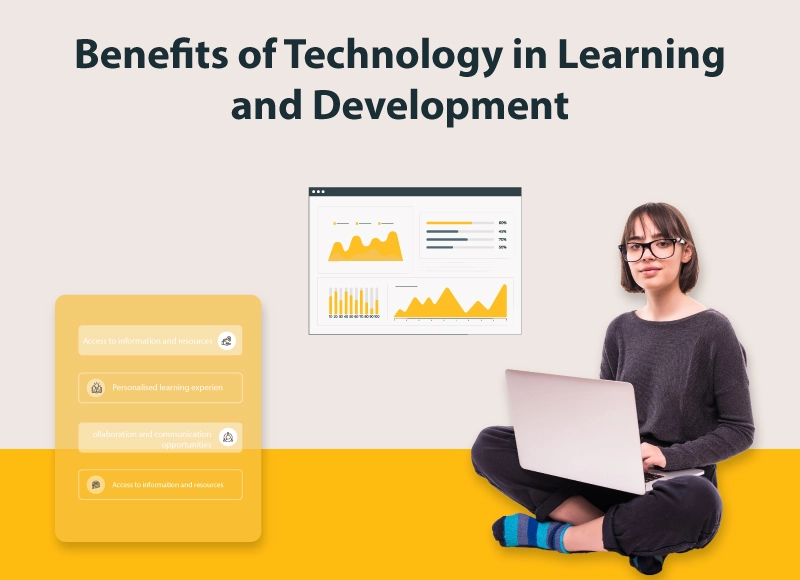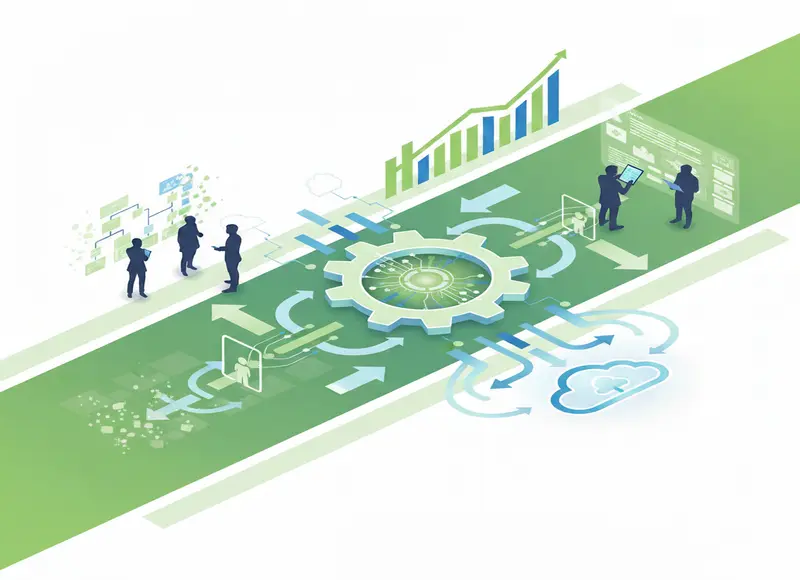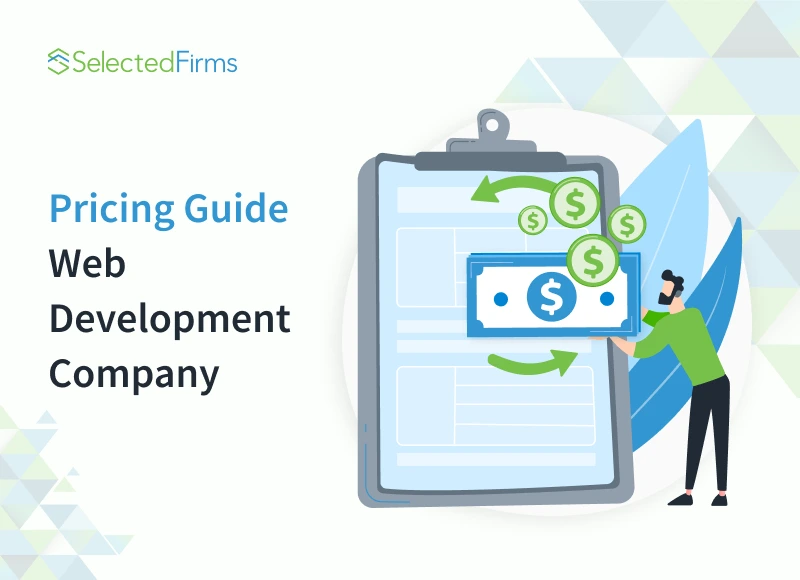Table of Contents
Discover how technology is transforming education and shaping the future of learning and development. Read on to explore the role of technology in education.

Technology has significantly impacted practically every part of our lives, including education. Innovation in education is evolving as teachers and students adopt modern technologies for teaching and learning.
However, as futuristic technologies have advanced, classrooms shifted from teacher-centered to student-centered. One difference is that touchpads on technology devices have now supplanted hardcover books. This is one area where educational technology in the future has had its mark. If you would like to pay someone to do your essay and essay writer services from experts, up-to-date apps that help write anything, and educational resources being just a click away, the niche of education has nothing to do with what it was like twenty or thirty years ago.
Teachers aim to make the learning experience amusing, interactive, and knowledgeable for students by engaging them and giving them freedom using the many futuristic technologies.
There are many exam prep tools available that have revolutionized the way students prepare for exams. These innovative technologies provide students with a comprehensive and personalized approach to exam preparation, ensuring that they can achieve their academic goals.
Technology has also made education more accessible to millions of students through online classes and resources. Technology with education improves the learning environment, enhances collaboration, and incorporates various learning methods. It also increases motivation and allows pupils to work at their speed.
How Technology will transform the education industry
The newest technological advancements are revolutionizing education by reshaping how, when, and where students learn. It empowers them throughout their educational journey by allowing them to personalize their learning experience, making education relevant to their digital lives, and preparing them for the future of technology in education.
With access to futuristic technologies and external resources, students are encouraged to become problem solvers, critical thinkers, collaborators, and creators. Integrating technology skillfully into classrooms cultivates a lifelong love of learning.
By providing the right tools and resources, including study materials like AZ-104 Dumps and Microsoft AZ-140 Practice Tests, technology equips students with the technical and professional skills necessary for success in today's workforce. These resources help learners build expertise and confidence, improving their career prospects in the evolving field of technology and education.
STEAM learning experiences, including coding, programming, physical computing, and computational thinking, foster creativity and enhance problem-solving and critical thinking abilities. Creating a conducive environment with the right technologies enables engaging learning experiences through a hands-on, maker-oriented approach.
Benefits of Technology in Learning and Development

The use of technology in education has thus become vital for today's learners since it allows them to study much faster than they would if such tools and applications were not used.
Access to information and resource
The extensive range of educational technology for the future provides students with a diverse selection to cater to their individual learning needs. This empowers them to cultivate the skills and knowledge required to excel as competent professionals in their chosen domains.
Personalized learning experiences
Personalized learning offers tailored educational approaches that meet individual needs. It customizes content, pace, and instructional strategies, promoting engagement and ownership. Technology and data analysis enhances personalized learning, improve outcomes, and empower students.
Collaboration and communication opportunities
The future of technology provides collaboration and communication opportunities that foster teamwork and interaction among learners. For example, online platforms, discussion forums, and video conferencing tools enable seamless collaboration regardless of location, promoting community and facilitating peer-to-peer engagement for enhanced learning outcomes.
Enhanced engagement and motivation
Technology with education enhances engagement and motivation in learning. Interactive multimedia resources, gamification, and virtual reality experiences captivate learners' attention, making learning more enjoyable and immersive. Personalized feedback and progress tracking also boost motivation by providing a sense of achievement and fostering a sense of ownership over one's learning journey.
Advantages of Technology in Education
It gives individuals an intriguing and exciting learning experience and enables learners to connect to the internet from any location. It helps mentees develop new skills and gain new knowledge.
Putting students' knowledge into action
Incorporating technology with education offers a significant advantage by enabling students to apply their knowledge and skills practically. Online classes and interactions with teachers and peers provide valuable knowledge, but putting this knowledge into action is essential.
Technology with education facilitates this process by offering various applications, including apps for college assignment, that allow students to apply their newly acquired knowledge. In addition, integrating technology into the classroom can provide activities and assignments that prompt students to use their expertise to solve real-life scenarios, problems, or events.
Sharpening students' critical thinking
The impact of technology on students' critical thinking skills depends on factors such as the type of technology used and the context in which it is employed. Using technology with education in the classroom is widely recognized as a means to enhance activities and the learning process because it can engage multiple senses and increases students' interest in the subject matter.
Appropriate classroom technology improves academic performance and boosts students' self-confidence, motivation, and attentiveness. Moreover, technology supports critical thinking by helping students apply their classroom learning to real-life situations and develop problem-solving skills and vital critical thinking.
Increased collaboration
Technology with education fosters collaboration among students, allowing them to interact with each other and teachers during lessons. Through online classes and activities, students collaborate to solve challenges, share ideas, and provide support. In addition, technology facilitates one-on-one connections with teachers, enabling students to seek help and ask questions.
Studies show that instructional technology enhances student motivation and engages them behaviorally, emotionally, and cognitively. In addition, it offers various opportunities for students to engage with instructors, collaborate with peers, and participate in the learning process, utilizing tools like web-conferencing software, blogs, wikis, social networking sites, and digital games.
Better communication
Educational technology enables students to connect and collaborate with others, fostering skills relevant to any profession. Students learn to work with diverse individuals and gain cultural understanding using digital tools. Despite the negative aspects of the internet, it can create a positive sense of community when used appropriately.
Classroom websites facilitate student bonding, cooperative projects, and a sense of belonging. In addition, students can develop skills in designing, editing, and posting files while accessing their work, classroom updates, and assignments on the site.
Personalized learning opportunities
The newest technological advancements offer a solution to busy schedules and the need for skill expansion. Virtual classes replace traditional lectures, providing convenience and flexibility for students to learn at their own pace. Accessible on laptops or mobile devices, online and hybrid learning allow for personalized education plans.
Students can explore additional courses and revisit lessons through videos. Teachers can analyze online activity data to identify struggling students and provide targeted support. Technology enables convenient and tailored learning opportunities for individual students.
The Impact of Technology Learning
In recent years, futuristic technologies have had a substantial positive impact on education. With the expansion of the internet and the widespread adoption of devices such as laptops, tablets, and smartphones, students and teachers now have access to previously unattainable information and resources.
Enriching the Classroom with Technology
The importance of education technology enrichment in the classroom involves integrating tools like interactive whiteboards, educational apps, and virtual simulations to enhance learning. In addition, it caters to diverse learning styles, promotes active participation, fosters critical thinking and problem-solving skills, and prepares students for the modern digital world.
Better comprehension
The newest technological advancements provide students with global access to information and resources. They can easily find and access materials to enhance their understanding and excel in various subjects. If students face challenges, technology allows them to search for solutions or seek clarification from teachers quickly. Technological advancements make teachers easily reachable through email, fostering student-teacher interaction and support.
Interactivity and class engagement
Integrating technology with education transforms classroom dynamics, encouraging student-centered, project-based learning. Through chat rooms and other similar applications, students can communicate with their teachers and other students quickly and effortlessly without wasting class time when using technology during the learning process.
Students become more engaged and take greater control over the learning process when technology is effortlessly and carefully integrated into the classroom.
Exploring complex matters
As previously said, students will inevitably confront challenges and difficulties during learning. In the future, they may be forced to investigate topics that are complex for them.
However, introducing technology into the learning process has made it simple for students and teachers to access all of the information and sources that will aid in exploring and resolving complicated issues that may arise during the learning and teaching process.
For instance, in physics and engineering classes, students often struggle with understanding electrical circuits. With the integration of simulation software and hands-on learning kits, they can now experiment with variable resistors, which allow them to control and adjust electrical current in circuits. These components help illustrate important concepts such as voltage, resistance, and power regulation. Through virtual labs and interactive models, students can manipulate variable resistors in real-time, reinforcing theoretical knowledge with practical applications.
Time-saving: effective learning
The use of technology in education in classrooms offers time-saving benefits for both teachers and students. Apps streamline attendance procedures, eliminating the need for manual processes. Technology also eliminates problems like photocopying by providing online access to assignments. Grading becomes effortless with platforms that interpret test answers and provide status reports, enabling teachers to track progress and offer targeted assistance to students.
Combined learning methodologies
Futuristic technologies enable teachers to accommodate diverse learning styles by offering flexible options such as online videos, audiobooks, and interactive games. It allows students to learn conveniently and ensures access to up-to-date information. Teachers can also blend different learning methods using technology to meet students' individual needs.
Conclusion
Technology with education has transformed education into how students learn, when, and where they learn in numerous ways. It promotes personalized learning experiences, enhances collaboration and communication, and boosts engagement and motivation. It allows students to apply their knowledge, sharpens critical thinking skills, and fosters collaboration.
Technology with education has positively impacted education, enriching classrooms, improving comprehension, fostering interactivity and engagement, facilitating an exploration of complex subjects, saving time, and enhancing learning outcomes.
The excerpt highlights the potential and challenges of futuristic technology-enabled learning, emphasizing the importance of educators understanding student data privacy. It mentions the need for improved home connectivity, bridging the digital divide, and building educator capacity for transformative learning experiences through systemic changes in teacher preparation programs and partnerships with Institutions.
Technology with education has both beneficial and harmful societal effects. While there are apparent benefits to futuristic technologies, we must also be conscious of the potential consequences of their usage.









